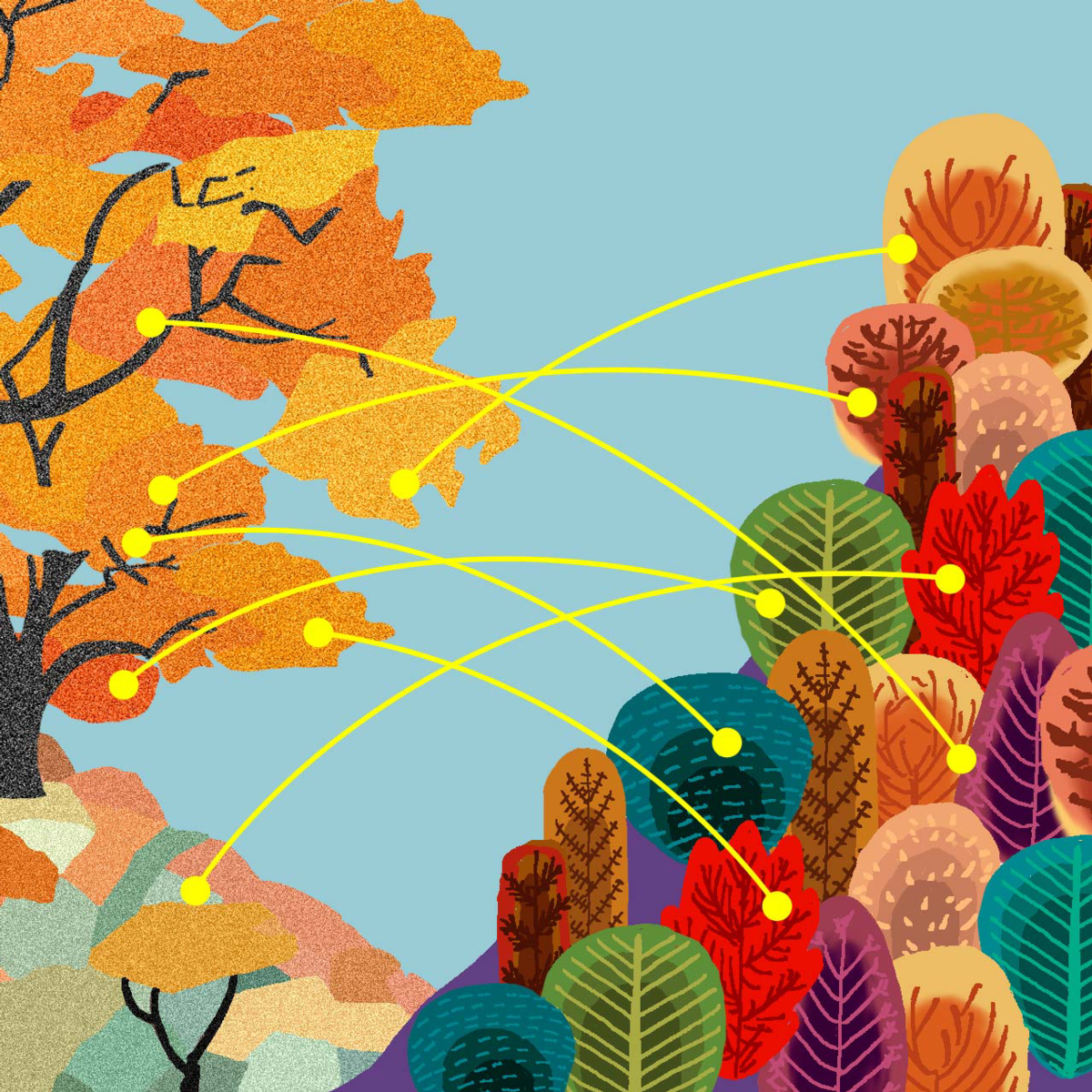Funding for NGO human rights efforts is difficult at the best of times, even in countries where there is a philanthropic tradition and widespread understanding. In many developing countries, however, there is neither, which leaves funding for human rights work largely dependent on external donors. As Saskia Brechenmacher and Thomas Carothers noted on openGlobalRights, this dependence on external funds often leaves recipients open to charges of foreign manipulation or paralyzed by domestic laws that prevent them from receiving such help. In addition, projectized, time-bound, “results”-driven donor agendas can lead to the creation of disconnected and unrealistic goals, often divorced from the context in which the effort takes place. Indeed, Okeoma Iberecently argued that Southern human rights actors need to find funding and programming within their own societies, and in this context, the BRAC model of development is particularly instructive.
Over four decades, BRAC has become one of the largest and most effective NGOs in the world, with programs that started in Bangladesh and now reach across Asia and Africa. Despite this wide expansion, BRAC has remained true to its fundamental orientation, which is based on Paolo Freire’s idea of “conscientization:” people must be aware of their social reality in order to transform it. BRAC targets the poorest populations and has a wide range of economic programs aimed at improving incomes, but the organization recognizes that a purely financial focus is insufficient. If people are sick and uneducated, economic efforts alone won’t allow them to reach their potential, so BRAC also has a strong focus on health and education. Yet BRAC also understands that if people don’t understand their basic rights, age-old predation will continually hamper development efforts. Human rights, therefore, must be integrated into all development programming for truly effective results to take place.
There are three key lessons in BRAC’s human rights funding experience that are most important for international and domestic NGOs. The first, as noted above, is that human rights must be incorporated into other development programming from the outset. Stand-alone human rights activities are both politically and financially vulnerable, susceptible to domestic attack and ever-changing donor fancies. BRAC understood from its early days that human rights had to be integrated into its other village activities in order to be effective. For example, in Bangladesh and many neighbouring countries, an understanding of rights is especially important for women, who are often treated as chattel to be acquired and discarded at will, whose property rights are ignored, and who silently suffer violence, with little understanding of the law and no access to counsel.
To close this gap, BRAC initiated its Human Rights and Legal Aid Services (HRLS) in 1985, using an empowerment approach based on education, a cadre of legal outreach workers, and legal aid clinics aimed at protecting the rights of the most vulnerable and halting violence against women and girls. A decade later the effort was expanded to include gender justice training and outreach. Today BRAC has 6,000 community-based outreach workers—sometimes called “barefoot lawyers”—and more than 500 legal aid clinics, which help vulnerable populations understand their rights and advocate for a better quality of life.
A second lesson, tied to the first, is the importance of resisting the too-frequent donor demand to separate human rights from other efforts. Some donors press for such separation because they don’t want anything controversial; others push this single agenda because it is the only thing they are interested in. Resisting a donor isn’t easy, but some can be persuaded to respect their own rhetoric about recipient priorities and ownership. Some of BRAC’s funding, for example, is derived from a donor consortium created 20 years ago to provide program rather than project funding. This consortium reduced the problem of lavish financing for some activities and little or no money for others. In this sense, human rights programs are not financially or otherwise segregated from other village programs; rather, they are treated as an integral part of the BRAC approach. Where new human rights initiatives are concerned, such as a property rights experiment or a prisons program, BRAC will seek additional donor funding, but the organization’s strength is that its core is not subject to changing donor priorities.
The third key lesson is about local income generation, whether through social enterprises like the ones BRAC creates or with the development of local philanthropy. Over the years, BRAC has aimed for as much overall financial independence and sustainability as possible, and their achievements in this area are impressive. Today the organization raises about 75 percent of programming costs from its social enterprises, such as dairy and poultry operations, fisheries, and arts and crafts. A tiny proportion of the HRLS budget is met from a Tk 10 (US$0.13) client fee that ensures buy-in and helps fund the “barefoot lawyers,” who are often self-taught legal activists.
Overall, BRAC is an instructive example of how local civil society organizations need not rely on the whims and generosity (or lack thereof) of international donors, nor do they need to be hamstrung by their own government’s restrictive laws. Of course, for some local human rights organizations, such independence may seem impossible at first. For others, generating local funding may appear to distract from their primary purpose and cause internal debate. There is no debate, however, that the absence of sustainable core funding leaves the primary purpose of any organization—in the North or the South—at permanent risk.
Information on BRACs’ human rights and justice programs can be found at here and here. First-hand stories of human rights workers and clients can be found here. The World Bank has recently produced a study of BRAC’s HRLS Program: Examining the Effectiveness of Legal Empowerment as a Pathway out of Poverty, by Akhila Kolietty (2014), available here. For a general overview and history of BRAC, see my own book, Freedom from Want: The Remarkable Success Story of BRAC (Kumarian, 2009).

